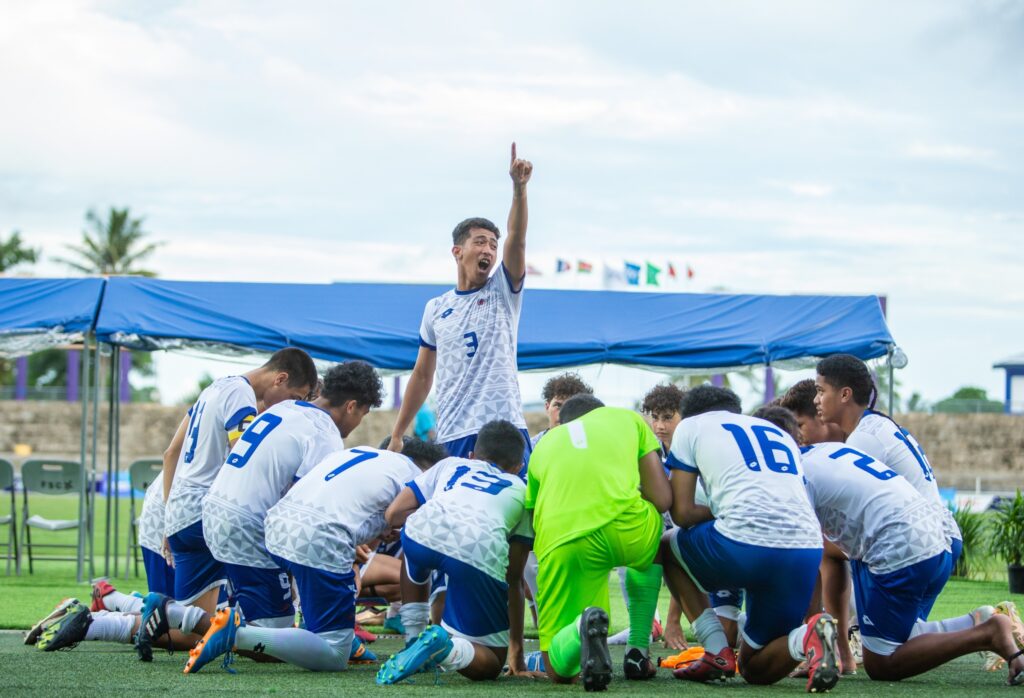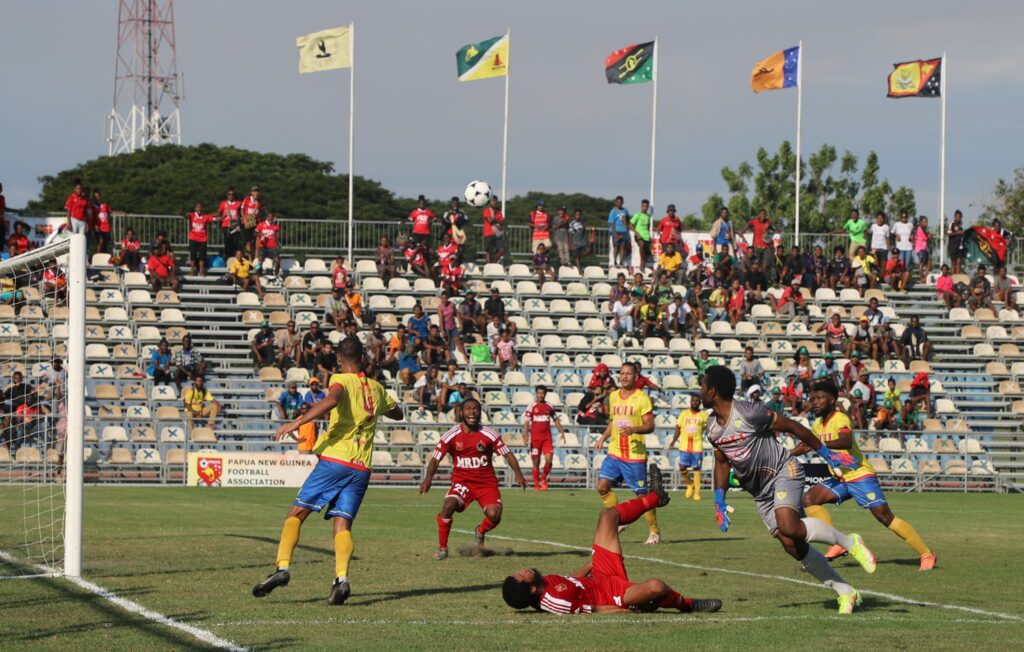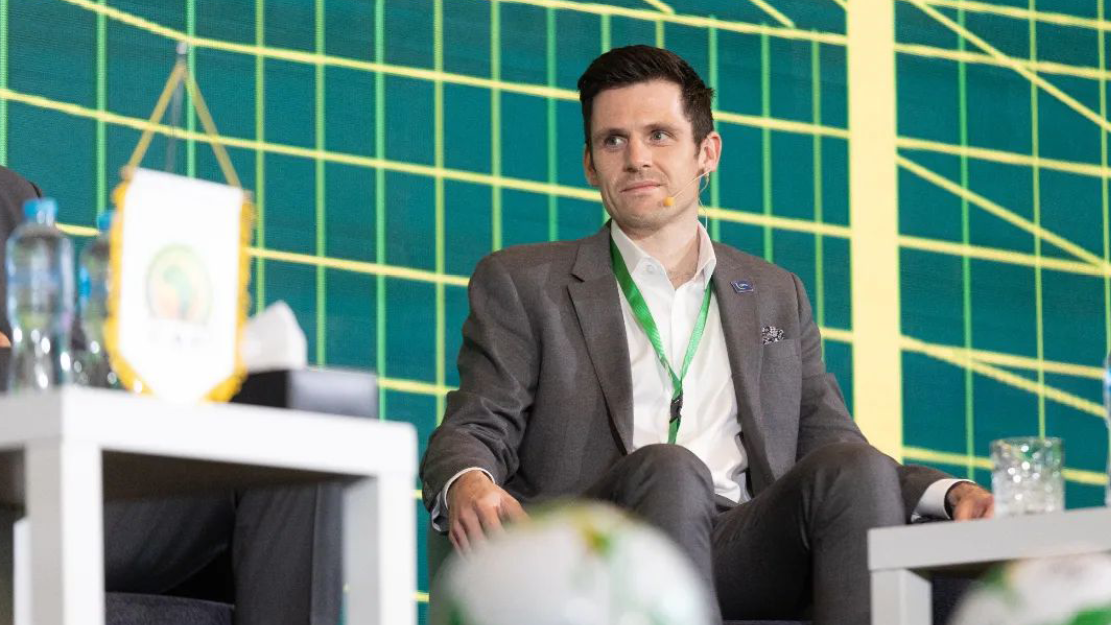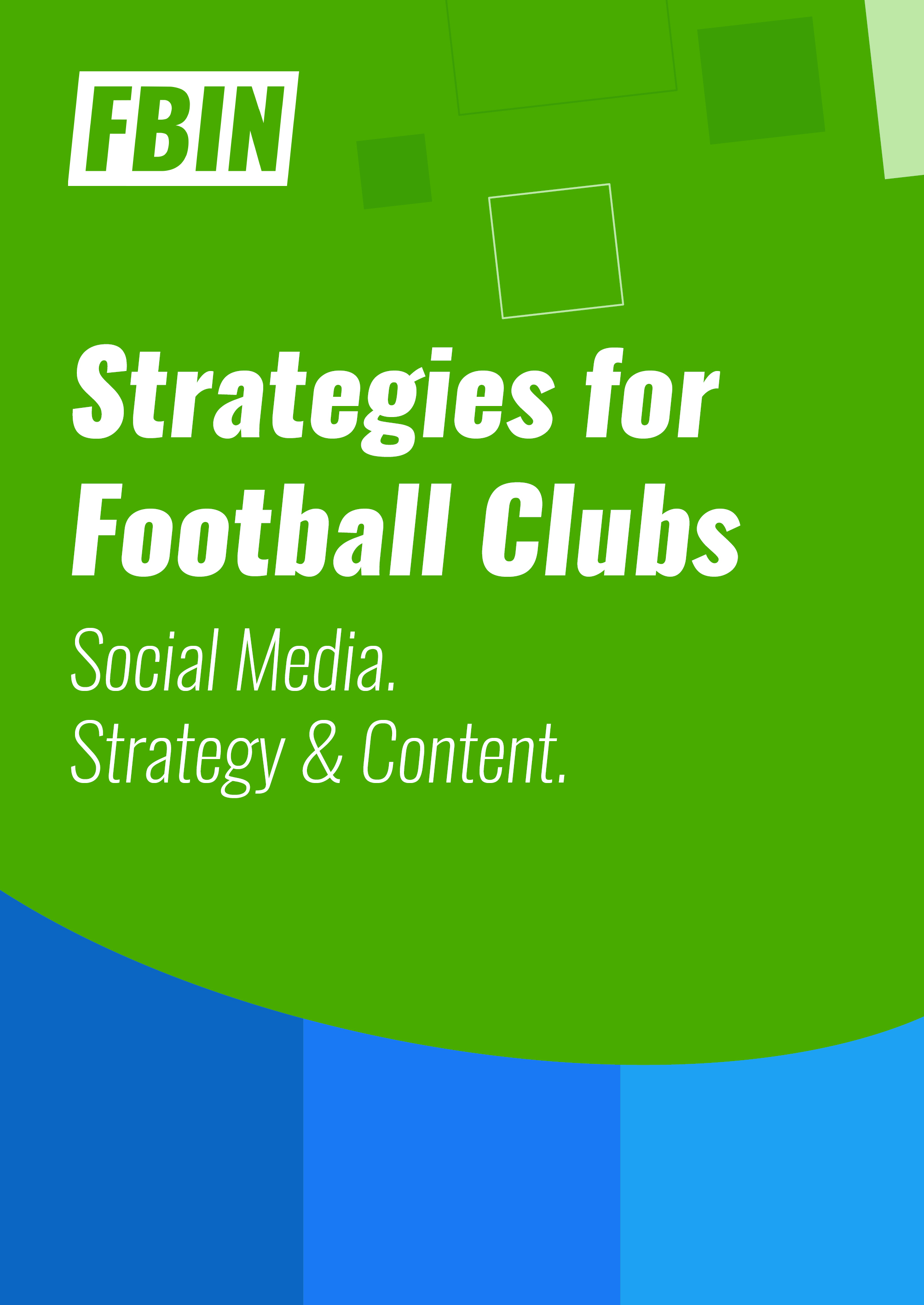Due to its remote location, Oceania is one of the most unique football regions in the world. We chatted with Steven Dillon, Clubs & Leagues Manager of the Oceania Football Confederation on distinctive characteristics of Oceania football, the challenges facing the region, the potential legacy of FIFA’s Women’s World Cup 2023 hosted in Australia and New Zealand, and much more.
Can you describe some unique characteristics of Oceania football? It seems quite geographically distant from other regions, doesn’t it?
Steven: Absolutely. The distance is huge! Just to give some background, Oceania Football Confederation (OFC) is one of six confederations of FIFA, similar to CONCACAF, CAF, UEFA, CONMEBOL and AFC. We are in the Pacific region and have 11 Member Associations, which are national football associations that we work with. Then there are Associate Members who have membership on different terms with a different level of support.
The example I would like to share to illustrate the size of our region is to highlight French Polynesia, which is made up of 118 different islands and atolls, covering a stretch of ocean roughly the size of Europe.
Plus, there are a number of non-affiliated countries, particularly in the Pacific, that would be classed in the Oceania territory that make up football in this area of the world. So, it’s quite a unique region compared to others from around the world.
What’s interesting is that it’s 99.9% amateur football, with the exemption of the Wellington Phoenix Football Club. They are a professional football franchise based in Wellington, the capital of New Zealand, but they actually play in the Australian A-Leagues, both men and women. That’s under the Asian Football Confederation, even though they’re geographically in our region. It’s not too uncommon for teams in this country to play in Australia, though. Basketball, rugby league, and rugby union also have top premier teams that play in Australia. Everyone else plays an amateur game in the respective national league structures.
The amateur game has its challenges, but it also has unique advantages and selling points that we can celebrate as a region. There are some incredible stories of people and passion that we have across Oceania, and I could talk for hours about them. It’s a privilege to work in this region and in the organization, especially in my role as Clubs and Leagues Manager.
I oversee National Domestic leagues, both men and women and all of our associations, as well as club development. It’s a diverse landscape with different challenges, cultures, histories, traditions, and languages. But the one commonality is that our region loves football! It’s a nice place to be when having conversations with our friends from the Solomon Islands, Tonga, New Caledonia, Cook Islands and other places.


Given that football is not traditionally viewed as a ‘numbers sport’ in Oceania, is it a key challenge here?
While it is a common opinion, it’s not always the case. In New Zealand, for example, football is actually the most popular sport in terms of player registration numbers, even though rugby union is the national sport and the most popular spectator sport. However, in other nations, it’s more mixed. Rugby league, rugby union, or another sport might be the most socially popular, but football has higher attendance and player numbers. The sporting society in the Pacific region exposes children to many different types of sports, such as catch, cricket, rugby, and tag, through their schools or local communities. This results in more competition for football compared to historical football nations around the world.
How difficult is it to generate interest and engagement for football, considering the abundance of other sports in the country?
It’s certainly a challenge when it comes to getting young players interested in football and keeping them engaged as they grow up. In the Oceania region, there’s currently no professional pathway for players, which can make it difficult to transition into youth or senior football. As a result, many families tend to steer their children towards more established professional sports like rugby union or rugby league. However, for those who do progress through to the top domestic level, there’s just as much passion and enthusiasm as you would find in other developed nations. In fact, there are some incredible examples across the Pacific of football games that draw in tens of thousands of fans and hundreds of thousands of online viewers from all around the world. As a confederation, our job is to make sure that football is an attractive and exciting sport for people to be involved in, and we’re committed to sharing the many benefits of the game with our member associations. Ultimately, it’s all about providing the best possible experience for those who are already passionate and enthusiastic about football and keeping the momentum going.
What are your thoughts on Australia’s decision to break away from OFC and join the Asian Football Federation (AFC)? How has this move impacted the broader Oceania football region?
The decision for Australia to move to the Asian football region was made quite some time ago. However, it is now that we can see the benefits of that decision. For example, the Socceroos’ performances in the World Cup and their preparation by playing against stronger competition regularly have been very fruitful for them. The Matildas (nickname of the Australian women’s team) have also consistently participated in high-level international competitions for the last eight to twelve years, which has undoubtedly been beneficial for them. Additionally, being involved in this area has commercial benefits, which can generate more revenue for the sport.
Nevertheless, there are times when being in AFC might not be as favorable, particularly when it comes to qualifying for the FIFA World Cups. Looking at historical figures on team qualifications from Australia in the Asian Youth World Cups, success is not as regular. However, the determination of success, whether it be participation in a World Cup, age-group (youth) World Cup, long-term player development, or placing players overseas, will be up to the associations.
Still, the decision has provided opportunities for the Oceania region, particularly in terms of World Cup qualifications. Historically, New Zealand has made most of the qualifications, but other teams have come very close. Additionally, there has been some benefit to the region in club football, with teams from this region now participating in the FIFA Club World Cup, whereas historically, it was only an Australian team.
How has the departure of Australia affected the competitive balance of the Oceania region?
Absolutely, I believe that maintaining competitive balance is crucial. We must avoid a situation where the disparity between higher-ranked and lower-ranked nations is so significant that it harms the sport in the region. We have seen some excellent examples of close games in the Oceania region recently, with several nations pushing historically stronger teams to their limits. The Solomon Islands and Fiji are prime examples of nations that have made significant strides in both men’s and women’s football. These teams not only compete fiercely against New Zealand but also perform well when playing overseas. I was fortunate enough to witness some of these games firsthand during the OFC-hosted men’s FIFA World Cup qualifiers in Doha, Qatar, in March. The matches, particularly those involving New Zealand and the previously mentioned islands of New Caledonia and Fiji, were intense and highly competitive. The same level of competition was replicated in Fiji during the OFC Women’s Nations Cup.
In 2023, the FIFA Women’s World Cup will take place in Australia and New Zealand. How is OFC preparing for this historical event in the region?
It’s not far away and the excitement is high. You can start to feel it now, particularly here in Auckland, one of the host cities. There are many other host cities not only in our country but also in Australia. I’m certainly looking forward to watching not only as someone involved in the OFC but also as a supporter in the stands, particularly in game one when New Zealand takes on Norway. We were very close to having a second team, Papua New Guinea, playing in the FIFA Play-Off. So we’ve been very active in promoting this event in our region. It’s such a significant event for us that it has to be delivered exceptionally well, not only for the benefit of New Zealand, who is the co-host but for the benefit of the entire Pacific region.
What kind of legacy do you hope to leave behind after the FIFA Women’s World Cup 2023?
Since the announcement of this tournament’s co-hosting, it has become evident that it has had a massive impact on people’s enthusiasm across the Pacific who are eager to be a part of this sport. The enthusiasm for the game, not just in women’s football but also in men’s football, to support this competition has been remarkable to witness. We hope that this will not only lead to higher attendance and support for the games here, but also encourage young boys, girls, and adults to choose football as their sport of choice. As role models playing on our shores in a few short months, we have no doubt that we will inspire future generations.
Beyond the inspiration for the future, the legacy of the infrastructure and training facilities invested in to host these competitions at a level that FIFA and the game now expect is crucial. These investments will not only have great benefits for those currently utilizing the fields and resources but also for future community players in the National Domestic leagues here in New Zealand and across the rest of the country. We are proud and excited to have New Zealand be a part of this competition and look forward to what the future holds


 Upgrade to Premium Now
Upgrade to Premium Now







